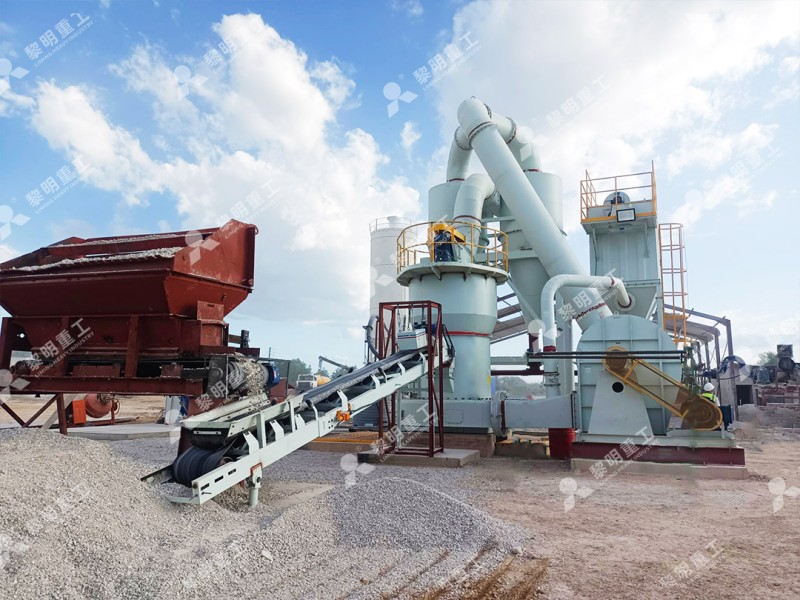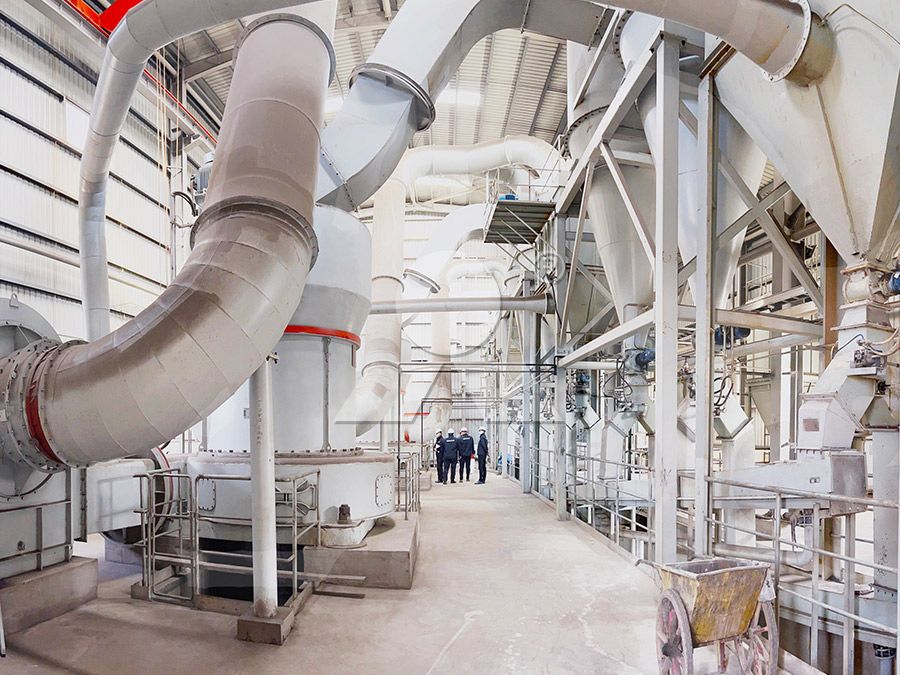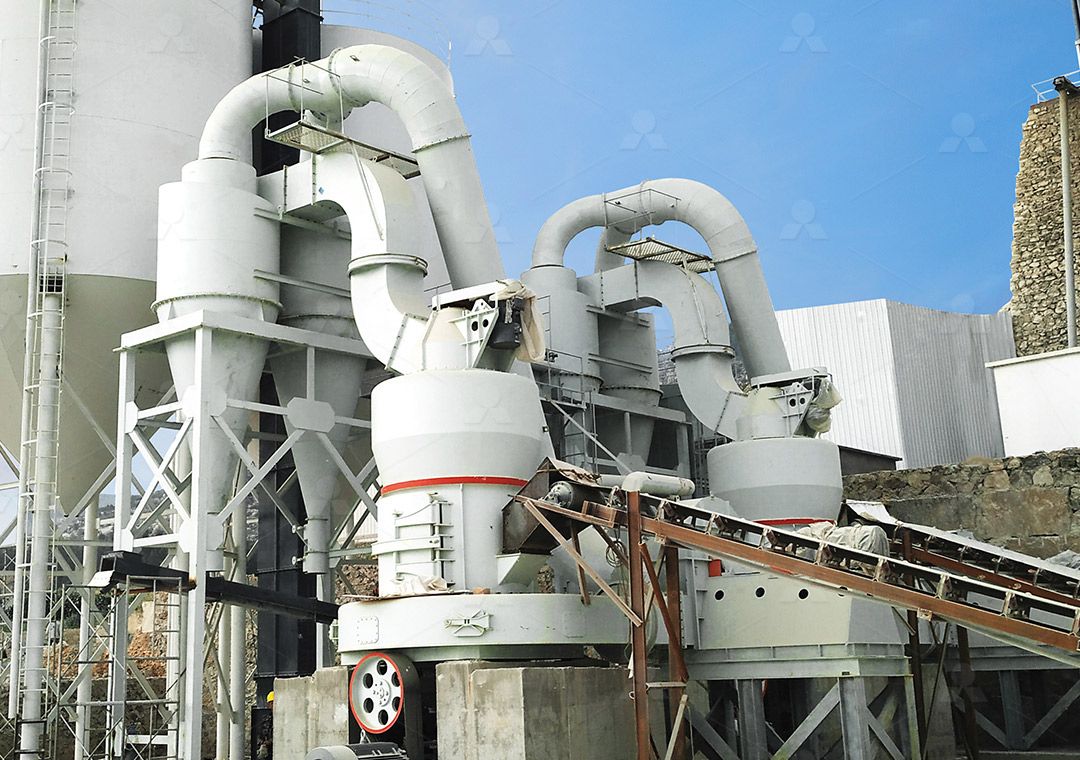6R Raymond Mill for Grinding Celestite to 200 Mesh
Optimizing Celestite Processing with 6R Raymond Mill Technology
In the competitive world of mineral processing, achieving consistent 200-mesh fineness for celestite (strontium sulfate) presents unique challenges that demand specialized grinding equipment. The 6R Raymond Mill has emerged as a proven solution for processors seeking reliable performance in this specific application.

Understanding Celestite Grinding Requirements
Celestite, with its moderate hardness (3-3.5 on Mohs scale) and brittle nature, responds well to the grinding mechanism of Raymond Mill technology. However, achieving the precise 200-mesh specification (approximately 74 microns) requires careful control of grinding parameters and equipment selection. The 6R configuration, with its six grinding rollers, provides the optimal balance between throughput and particle size control for this application.
Traditional ball mills often struggle with the precise particle distribution required for high-value celestite applications in ceramics, pyrotechnics, and drilling fluids. The 6R Raymond Mill’s centrifugal grinding action, combined with integrated classification, ensures that the final product meets strict specifications with minimal oversize or undersize particles.
Technical Advantages for Celestite Processing
The 6R Raymond Mill design incorporates several features specifically beneficial for celestite grinding. The increased number of grinding rollers distributes pressure more evenly across the grinding ring, resulting in more consistent particle size reduction. The high-efficiency separator system allows precise control over the final product fineness, crucial for meeting the 200-mesh requirement.
Operating parameters can be fine-tuned to accommodate variations in celestite feed characteristics, including moisture content and initial particle size. The system’s air flow can be adjusted to optimize the balance between production rate and energy consumption, with typical throughput ranging from 3-8 tons per hour depending on specific conditions.

Beyond Traditional Raymond Mill Technology
While the 6R Raymond Mill excels at 200-mesh celestite production, operations requiring finer specifications or dealing with more challenging materials should consider advanced alternatives. For processors looking to expand their capabilities, our MW Ultrafine Grinding Mill represents the next evolution in powder processing technology.
The MW Ultrafine Grinding Mill achieves remarkable fineness between 325-2500 meshes while maintaining higher yields and lower energy consumption compared to conventional systems. With no rolling bearings or screws in the grinding chamber, it eliminates common failure points and enables continuous 24-hour operation. For celestite applications requiring ultra-fine specifications or exceptional purity, this advanced system provides unparalleled performance.
Another exceptional option for specialized applications is our LUM Ultrafine Vertical Grinding Mill, which integrates German powder separating technology with unique roller shell design. This system achieves higher yielding rates with 30%-50% energy savings compared to traditional mills, making it ideal for operations focused on both quality and efficiency.
Operational Considerations
Successful celestite grinding operations require attention to several key factors. Proper feed size control (typically below 25mm) ensures optimal mill performance and prevents unnecessary wear on grinding components. Regular maintenance of grinding rollers and rings maintains consistent particle size distribution, while monitoring separator efficiency helps maintain the target 200-mesh specification.
The inherent design of the 6R Raymond Mill includes effective dust collection and noise reduction features, addressing common environmental concerns in mineral processing facilities. These integrated systems help operations maintain compliance with environmental regulations while protecting worker health.

Frequently Asked Questions
What is the typical production capacity of a 6R Raymond Mill for celestite at 200 mesh?
Production rates typically range from 3-8 tons per hour, depending on celestite characteristics, feed size, and moisture content. Optimal performance requires proper system configuration and operational parameters.
How does the 6R Raymond Mill compare to ball mills for celestite grinding?
The 6R Raymond Mill provides more precise particle size control, lower energy consumption per ton, and faster adjustment of product fineness. Ball mills generally have higher overall capacity but less control over particle distribution.
What maintenance requirements should I expect?
Regular inspection and replacement of grinding rollers and rings represent the primary maintenance needs. Proper lubrication and wear monitoring typically allow several months of continuous operation between major maintenance intervals.
Can the same mill process other minerals besides celestite?
Yes, the 6R Raymond Mill can process various non-metallic minerals with similar hardness characteristics, including limestone, calcite, and barite, with appropriate adjustment of operational parameters.
What advantages does the MW Ultrafine Grinding Mill offer for future expansion?
The MW series provides significantly finer grinding capabilities (up to 2500 mesh), higher efficiency, and advanced features like external lubrication and precision powder selection, making it ideal for operations planning to diversify into ultra-fine powder markets.
